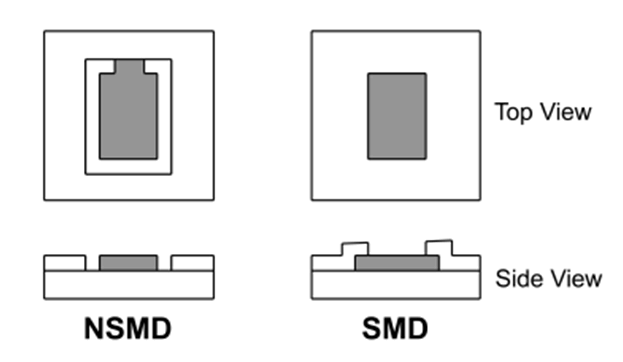SBASA69B August 2023 – December 2024 OPT4003-Q1
PRODUCTION DATA
- 1
- 1 Features
- 2 Applications
- 3 Description
- 4 Pin Configuration and Functions
- 5 Specifications
- 6 Detailed Description
- 7 Register Maps
- 8 Application and Implementation
- 9 Device and Documentation Support
- 10Revision History
- 11Mechanical, Packaging, and Orderable Information
Package Options
Mechanical Data (Package|Pins)
- DNP|6
Thermal pad, mechanical data (Package|Pins)
Orderable Information
8.5.1 Layout Guidelines
TI highly recommends placing the decoupling capacitor close to the device, but remember that optically reflective surfaces of components also affect the performance of the design. Consider the three-dimensional geometry of all components and structures around the sensor to prevent unexpected results from secondary optical reflections. Placing capacitors and components at a distance of at least twice the height of the component is typically sufficient. The best optical layout is to place all close components on the opposite side of the PCB from the OPT4003-Q1. However, this approach is not practical for the constraints of every design.
The device layout is also critical for good SMT assembly. Two types of land pattern pads can be used for this package: solder mask defined pads (SMD) and non-solder mask defined pads (NSMD). SMD pads have a solder mask opening that is smaller than the metal pads, whereas, NSMD has a solder mask opening that is larger than the metal pad. Figure 8-4 illustrates these types of landing-pattern pads. SMD pads are preferred because these pads provide a more accurate soldering-pad dimension with the trace connections. For further discussion of SMT and PCB recommendations, see the Soldering and Handling Recommendations (USON, SOT-5X3 Variant) section.
 Figure 8-4 Solder Mask Defined Pad (SMD) and Non-Solder Mask Defined Pad (NSMD)
Figure 8-4 Solder Mask Defined Pad (SMD) and Non-Solder Mask Defined Pad (NSMD)